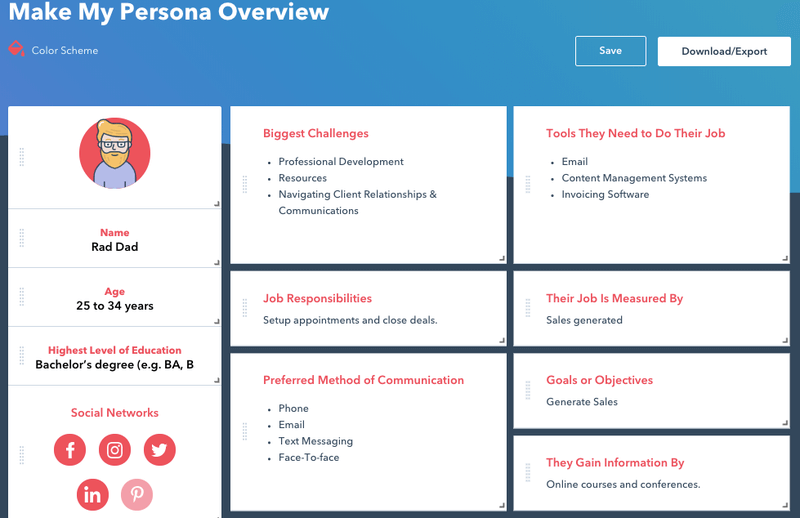E-Commerce Marketing 101: Getting Started with Marketing Your Business
In 2020, it’s hard to imagine a world without ecommerce. Online shopping is already overtaking physical retail in many industries and becomes more convenient and customer-friendly by the day. It has opened the door to opportunity and profitability for entrepreneurs, artists, craftspeople, and creators across every facet of society.

Now, owning an ecommerce brand is viewed as a way to achieve independence and become your own boss, and the number of online direct-to-consumer businesses has exploded in recent years. With the pandemic doing major damage to the brick-and-mortar retail sector, ecommerce is more vital to consumers and the economy than ever.
If you are one of the many newcomers joining the 12 to 24 million ecommerce businesses around the world, you need to understand how to get started building your brand. How can you transform your idea into a functioning and profitable enterprise? How can you sustain and build upon that success?
The answer is ecommerce marketing. The internet offers a wide range of marketing tools to promote digital retail startups and storefronts, from sleek website templates and search engine optimization (SEO) to promotional email, social media, and influencer marketing. The good news is that you’ll always have ways to advertise your product and engage with new audiences.
With a few basic steps, you can establish a strong brand presence for your ecommerce business, build exciting customer experiences, and spread the word about your product or service across the digital ecosystem. In this guide, we’ll run through the basics of ecommerce marketing, starting with some foundational principles, and progress through essential steps like website construction, email marketing, and social media.
Basics of E-Commerce Marketing
Know and understand your product and niche
Before you start looking for web hosting or setting up social media accounts, you need to fully understand your product and how it provides value to consumers. What does it offer that existing products don’t?
Tell your story
Storytelling is especially important for ecommerce marketing, where you’ll need to find a way to spur your customers’ interest and curiosity almost entirely online. What inspired your brand and product(s)? Who are you, and why are you the right company to provide this product?
Research your competition and customers
Before you launch your ecommerce store, you need to know who else is providing similar products or services. An understanding of your competition will help you to articulate how your offering is the superior choice. Also research your ideal customers—what motivates them to buy products like yours? Why should they look to you instead of the competition?

Ecommerce Marketing First Steps
So you’ve designed your product, researched your competition, and decided how to tell your story. Let’s get started with the nuts and bolts of building and successfully marketing an ecommerce brand.
-
Build an ecommerce website: Don’t panic! It’s 2020—building a website does not require the maze of code that it used to. A wide variety of tried-and-tested ecommerce web platforms are available to would-be sellers that require almost no technical skill on the part of the creator. These include all-in-one site builders like Squarespace, Wix, or Wordpress. These platforms include pre-designed templates and easily customizable drag-and-drop interfaces to make building web pages simple for anyone.
Choose an ecommerce selling platform: Third party ecommerce platforms like Shopify, Woocommerce, and BigCommerce are intuitive and help simplify the demands of running an online business. Shopify and Woocommerce are popular among startups, smaller shops, and first-time sellers, while BigCommerce might better support a larger enterprise with many products to sell.
Start marketing with email: With over 4 billion users worldwide, email remains one of the most effective ways to promote products and engage with customers. It’s the most rewarding channel typically used in ecommerce marketing, delivering a return-on-investment of $38 to every dollar spent. It’s also a great way of reinforcing your brand’s personality.
Choose an email marketing platform for ecommerce: Services such as MailChimp, Mailerlite, and Zoho Campaigns are specifically designed to support the marketing needs of new ecommerce businesses. You’ll be able to start communicating with users who have signed up for your email list for free—most services allow you to email a subscriber base of up to 500 recipients before paid plans begin.
Create effective marketing emails: Focus on telling your story in a clear, concise way that reflects your brand’s voice. Write informative subject lines, clear copy, and obvious calls-to-action (CTAs) to bring users to your website. You can also use email to offer discounts, remind customers of items they’ve abandoned in their carts, and introduce consumers to new products.
Use social media for ecommerce marketing: Social media is a powerful tool not just for promoting products, but also for storytelling and audience-building. Today’s shoppers love to buy through social media, and the major channels like Facebook and Instagram have become ecommerce powerhouses. Create branded accounts on each channel, and set up a posting schedule either manually or with a service like Hootsuite, which manages all of your social accounts from one platform.
Best practice is to post at least once per day, and research the best times to share content to get the most engagement. Use your accounts and posts to generate enthusiasm and push customers to your website. Influencer marketing is also a key part of social media, and building relationships with influencers in your industry can help you reach new audiences and lend credibility to your brand. Once you've built an audience and established a solid financial foundation, you can begin using paid ads on social media to increase your reach.
Optimize your website for search: SEO often feels daunting to digital newcomers, but it’s a critical piece of ecommerce marketing. Here’s how to get started.
- Use a tool like Google Trends, Google Analytics, Keyword Finder, or Moz to learn about the most useful search terms for your brand. Identify keywords that your customers use to find products like yours, and write your web copy around those keywords. Be sure to follow white-hat SEO principles to avoid getting punished by search engines.
- Start content marketing on your site: Having a blog can vastly improve your website’s performance and rankings on search engines. Create content that your target audience will find informative and helpful, so they can learn to trust your brand as an authority in the industry.
Conclusion
The process of launching an ecommerce business becomes easier each year. The real challenge is the competition for consumer attention and figuring out how to successfully differentiate yourself from the growing number of competing products and brands on the market. Ecommerce will continue growing as a major source of products and services. Analysts anticipate that 95% of purchases will be facilitated through ecommerce by 2040. So, now is the time to establish your business. Begin with the basic steps included in this article, and you’ll be primed for success as an ecommerce brand in the digital marketplace.